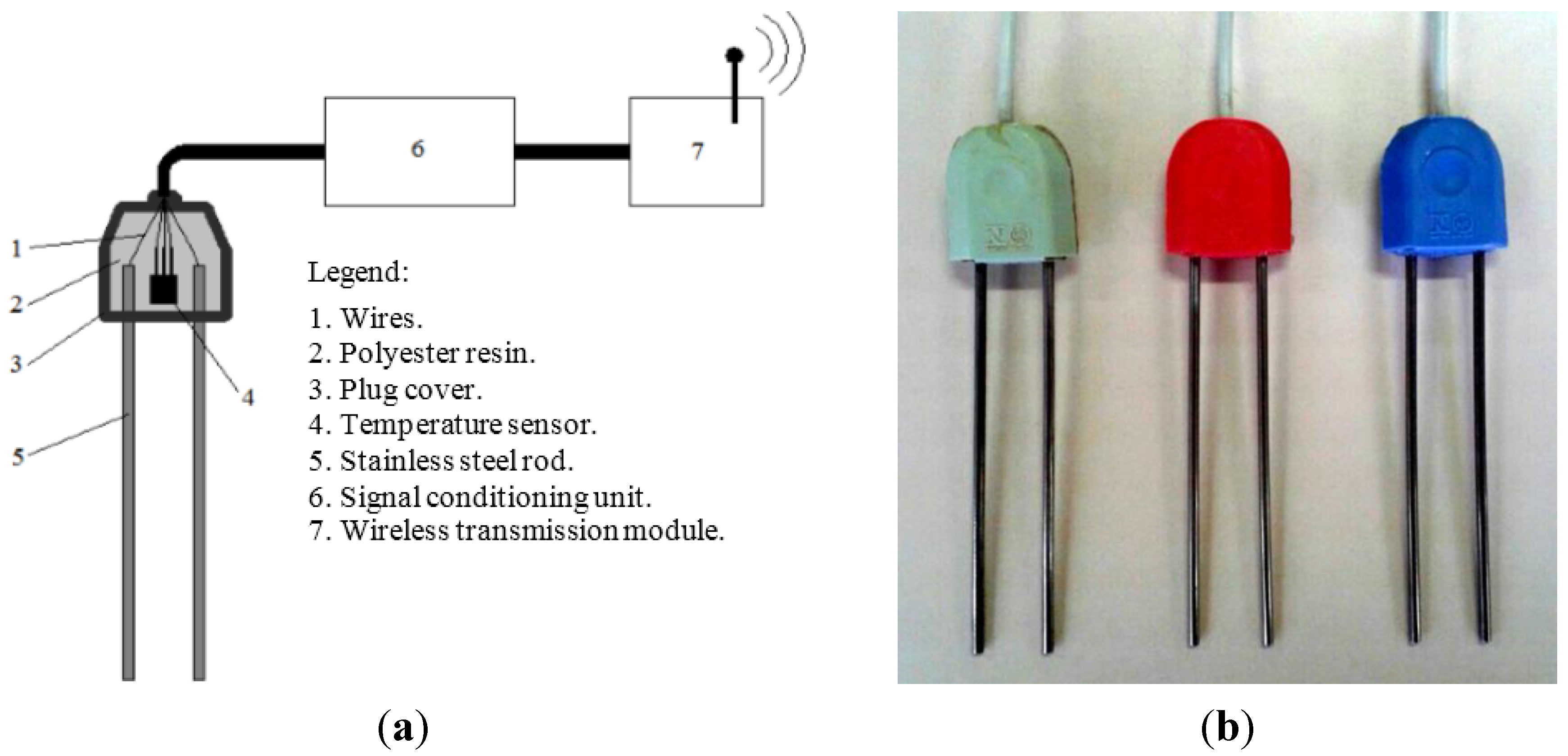Electrical conductivity or specific conductance is the reciprocal of resistivity.
Electrical conductivity meter parts.
A conductivity meter sometimes called electrical conductivity meter water conductivity meter or ec meter measures the ability of a solution or liquid to conduct an electrical current.
It is a property of any conductive material.
Measures the electrical conductivity in a solution.
Resistivity is the opposite of electrical conductivity evaluating how strongly a metal opposes the flow of electric current.
It measures a material s ability to conduct an electric current.
Ppm measures parts per million.
Known as dimensionless quantities they are pure numbers with no associated units of measurement.
An electrical conductivity meter.
Conversion factors are as follows.
Paypal telegraphic transfer t t letter of credit at sight sight l c letter of credit l c days after acceptance da cheque cash in advance cid cash advance ca cash on delivery cod cash against delivery cad.
A conductivity meter has the ability to measure the amount of totally dissolved solids tds in a solution in units of parts per million ppm or milligrams per liter.
1 ds m 1 ms cm 1 mmho cm 1 1000 μs cm 1000 µmho cm.
Other units include μs cm microsiemens cm ms cm mmho cm millimhos cm and µmho cm moh cm.
Browse through a broad selection of precision instruments with varying electric conductivity ranges to help find the meter that can fit your applications.
Conductivity meter payment terms.
Using the electrical conductivity converter converter.
The most common unit used to measure electrical conductivity in agriculture is decisiemens per meter ds m.
1 abmho meter abmho m 5500000000000 tds parts per million 550 scale tds.
An electrical conductivity meter ec meter measures the electrical conductivity in a solution.
Resistivity is often represented by the greek letter rho ρ.
The reading is then presented as an electrical conductivity ec reading or conductivity factor cf reading.
This is commonly measured across the opposite faces of a one meter cube of material and described as an ohm meter ω m.
In general pure solutions such as distilled water have low conductivity while saline or nutrient rich solutions such as seawater or fertilizers have high conductivity.
When these are placed in a solution an electrical current passes from one electrode through the water to the other electrode and counts the number of electrically charged ions present.
The si unit for electrical conductivity is siemens per meter s m and cgse unit is a reciprocal second s.
The standard correlation between the tds measurement of a solution and the conductivity measurement is.

